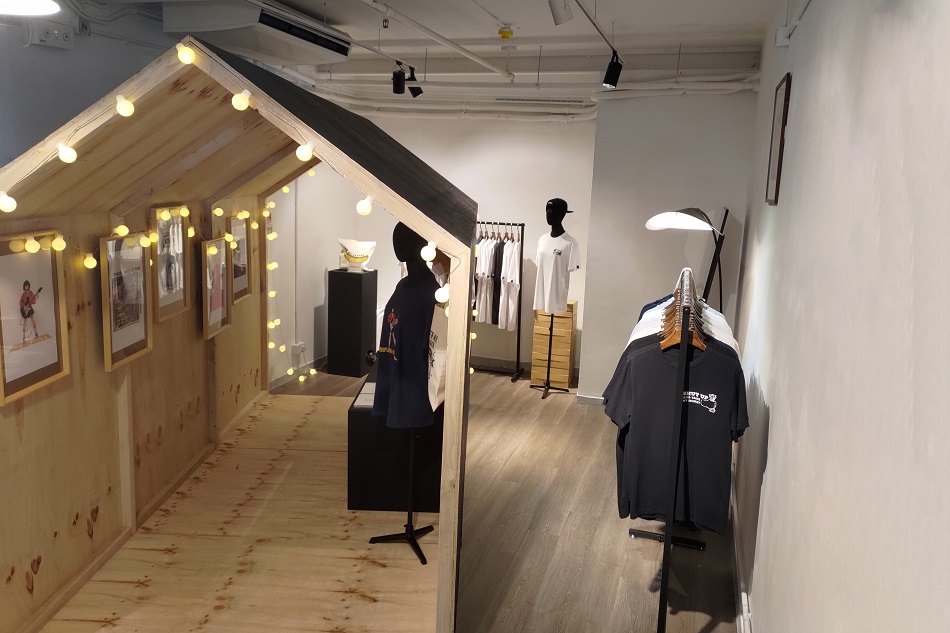Design Feature #26
The Zine Scene in Asia
Zine
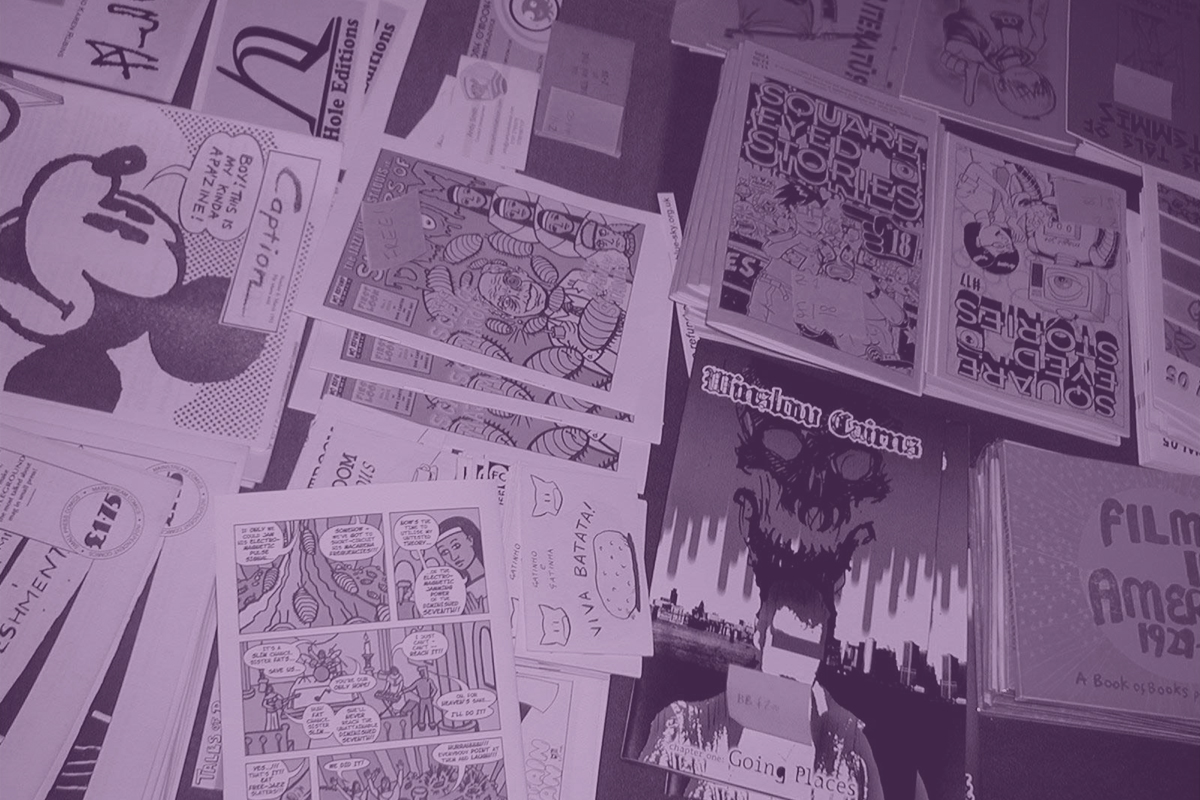
Written by RMM
Images by Wikimedia, Tokiyo Inc, Zinesmate.org, Tokiyo Inc, Zinesmate.org, New Territories Studio, Bananafish Books, tothepowerofz, Kylie Chan, Ha Wan Pao
A collage of culture. A pastiche of punk and pop. A hodgepodge of time and place, cobbled together with paste and a photocopier.
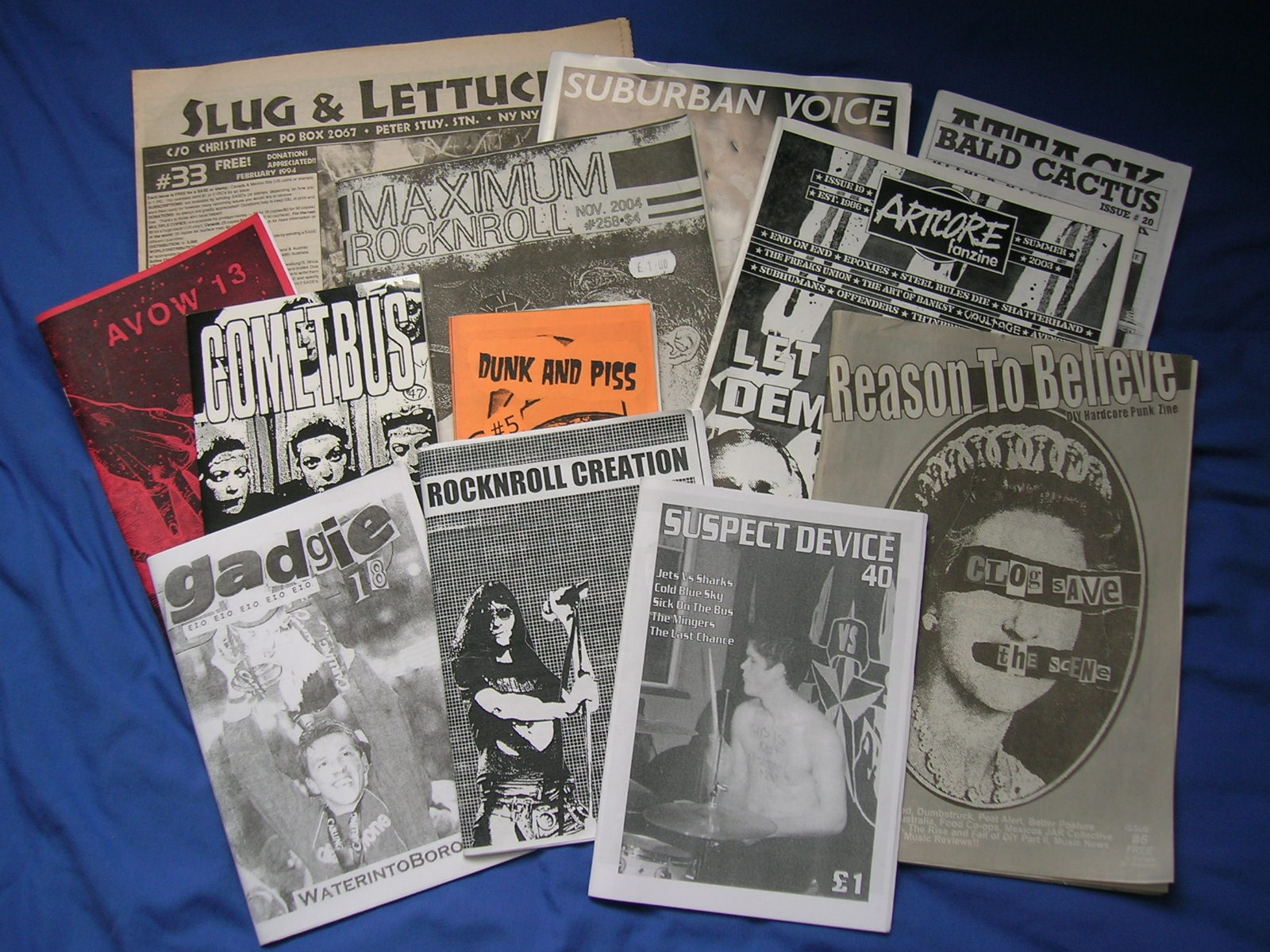
Brit and US punk zines from the 1990s and 2000s. (Credit: Wikimedia) )
These are the things that zines — short for magazines or fanzines — are made of. With pop culture brands and icons appropriating the zine (think Frank Ocean’s Boys Don’t Cry), zines have become a hip symbol for independent publishing and are still an important way for people to produce something honest, raw and authentic about the things they were passionate about.
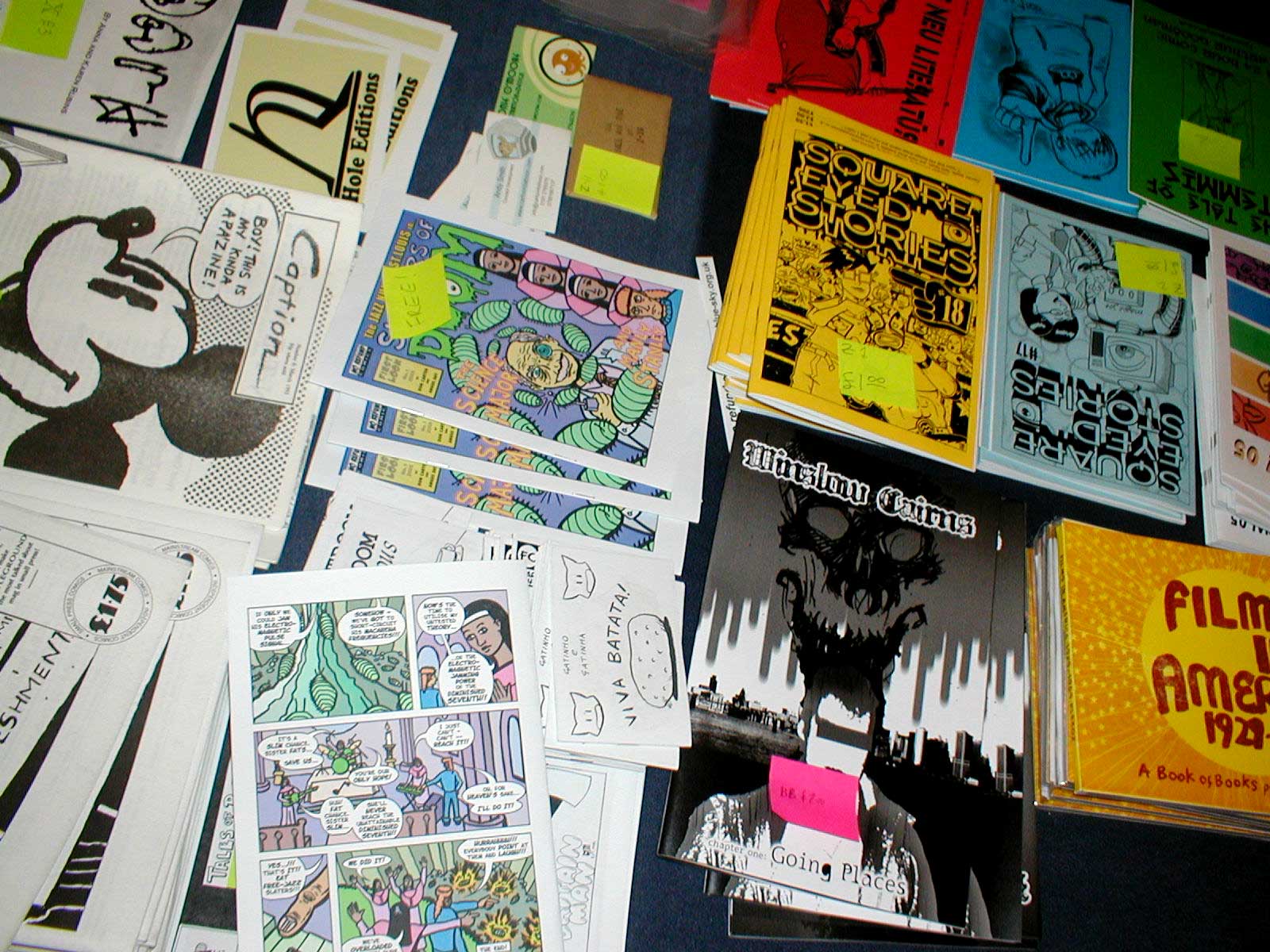
British stripzines. (Credit: Wikimedia)
So how did all get started? Most zinesters and publishing fanatics would agree that zines had its origins in the underground science fiction scene of the 1970s, back when fan subculture started to flourish. But some would say that pamphleteers like Martin Luther and pre-Industrial freedom fighters were the first pioneers in this brave new world of publishing. Zine-making has always had an anti-establishment undertone, so it’s no surprise that sci-fi and punk subcultures picked up this form to express themselves and connect with other likeminded folks.
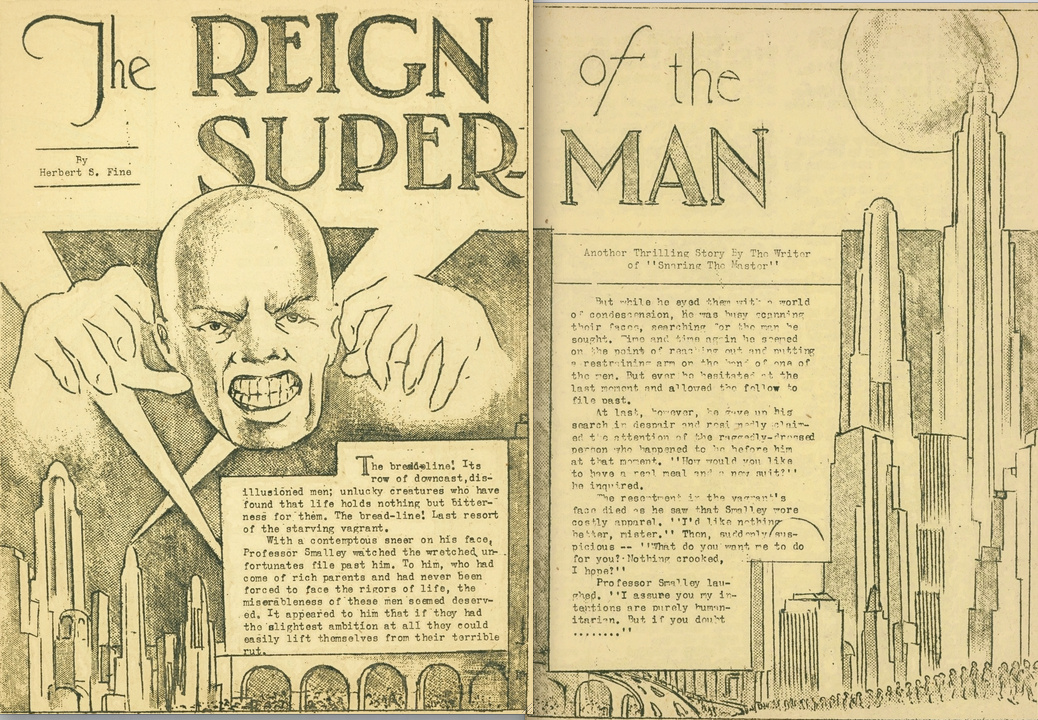
The Reign of Superman in Jerry Siegel’s fanzine Science Fiction #3.(Credit: Wikimedia)
Being published by and for fans, zines united members of the fan community. The noncommercial and nonprofessional nature of these fanzines meant that fans could express themselves freely. Through the years, zines ran the gamut of different genres and subcultures and became less about fandom and more about disseminating a point of view. Zines were considered a key factor in the rise of the Queercore and Riot Grrrl movements of the late 80s and 90s. These days, zines are no longer a strictly American or underground phenomenon, what with thousands of zinesters and dedicated events worldwide.

Blur Blur Blur Zine by Tokiyo Inc. (Credit: Tokiyo Inc)
The nascent Asia zine scene has a few peculiarities to call their own. In Japan, zines tend to resemble artist books that proliferated the zine scene in the 60s to 80s, and emphasis more on aesthetic rather than personal content like in the West. There is also a healthy community of comic zinesters, who create their own mini-komi (mini-comics) outside of the more popular manga sphere. While small, Japan’s zine scene prides itself on well-produced publications, and it isn’t uncommon to find professionally printed and colourful zines.
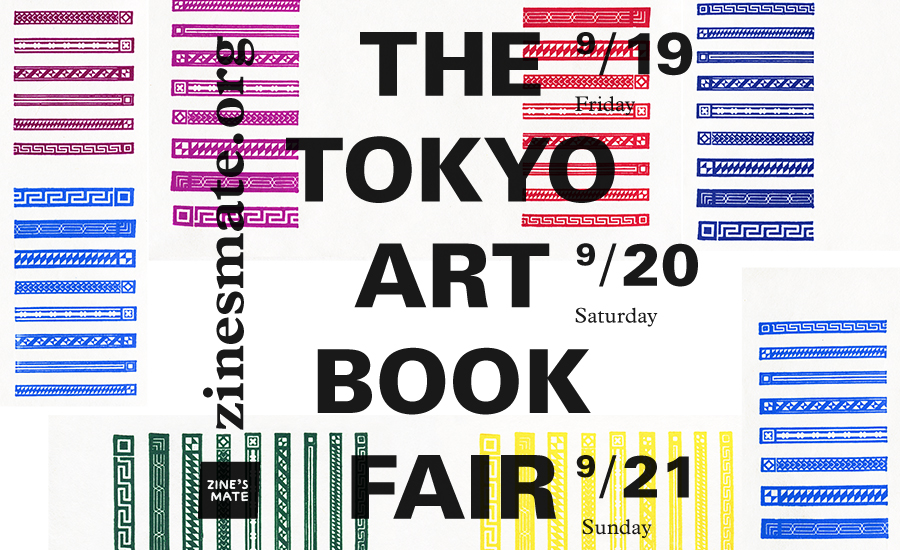
Credit: Zinesmate.org

New Territories Studio’s Year of the Rooster promo for the LA Art Book Fair
Credit: New Territories Studio
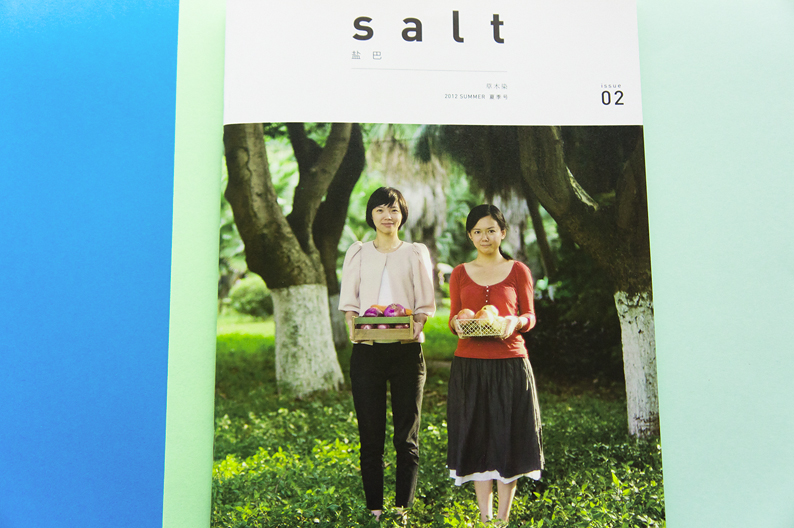
Salt Zine from China. (Credit: Bananafish Books)
Bananafish’s collection of zines from China are a far cry from the dongfang zhazhi that were popular in 1920s Shanghai, but represent a new wave of creators who have an irrepressible desire to create, publish and share.
So where does that leave Hong Kong?

A Thin Booklet #4 Time by 4Res.
Credit: tothepowerofz

Breakdown by Kylie Chan
Credit: Kylie Chan

Ha Wan Pao #3 by Anna Gleeson
Credit: Ha Wan Pao
So where does that leave Hong Kong? Where are we in this zine-making, zine-devouring world? A small and dedicated culture of indie makers and publishers drive the zine scene here. There are creatives like designer Anna Gleeson (the founder of (Ha Wan Pao, a thin and lightweight zine full of beautiful interviews, which has sadly ended its run in 2016), Kylie Chan, Rex Koo and Onion Peterman who keep this small island-city on its toes. Publishers and collectives like and publishers and collectives like Zizek Press , ZinePotato, a class="blackLink" href=" http://tothepowerofz.tictail.com/" target="_blank"> tothepowerofz and Odd One Out offer zinesters a ready avenue to showcase their work. PMQ itself hosted Here is Zine | Here is Hong Kong , an offshoot of the original Tokyo event.
How will Asian zines evolve? It is certainly interesting to see how zinesters in Asia meld East and West concepts and aesthetics, to create a zine culture that’s truly their own. The future is bright indeed, for the little zine that could.

